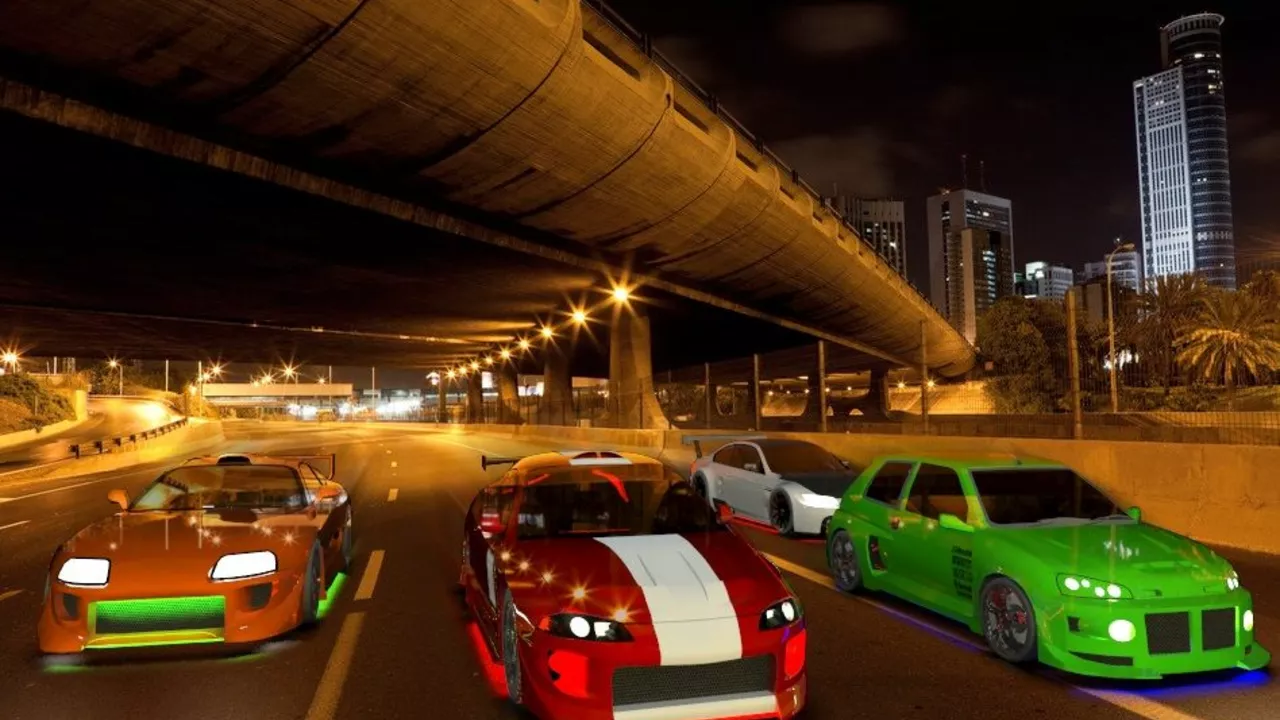Street Racing: What It Is, Why It Thrills, and How to Keep It Safe
Street racing is a term you hear a lot in movies and on the news. It usually means two or more drivers taking their cars onto public roads and racing at high speeds. The excitement comes from the rush of speed, the roar of engines, and the challenge of beating a rival. Most people think it’s just about fast cars, but there’s a whole culture behind it – from underground crews to online forums where racers plan meet‑ups.
If you’re curious about street racing, you probably have questions about its history, why it’s still popular, and how to avoid the serious risks. Below we break down the basics, give you a quick look at where it started, and share practical tips for staying safe – whether you’re a fan or someone who just wants to keep the neighborhood safe.
The Roots of Street Racing
The first street races date back to the early 1900s, when drivers would line up on city streets for a chance to test their new machines. Back then there were no racetracks, so the open road was the only place to push a car’s limits. By the 1960s, movies like "The Fast and the Furious" helped turn street racing into a pop‑culture icon.
Today, street racing is still alive because it offers something you can’t get on a closed circuit – the thrill of an illegal, unscripted showdown. Social media makes it easier for crews to organize flash meets, often at night and in hidden locations. The lure is the same: a quick burst of adrenaline without having to pay for a track day.
Staying Safe and Legal
While the excitement is real, the dangers are even more real. Speeding on public roads can lead to loss of control, severe injuries, and even death. Police crackdowns have gotten tougher, and many cities impose heavy fines, vehicle impoundments, and even jail time.
If you love speed, the safest route is to move your passion to a legal venue. Track days, autocross events, and sanctioned drag strips let you push a car to its limits under controlled conditions. You’ll have safety crews on standby, proper barriers, and a clear set of rules.
When you do attend a legal event, bring the right gear: a full‑face helmet, a racing suit, and gloves. Even if the track feels safe, a crash can happen in a split second, and proper gear can be the difference between a bruise and a broken bone.
For those who still find themselves drawn to street races, the best advice is to think twice before you roll the windows down. Ask yourself: Is the thrill worth the risk to you, your friends, or innocent bystanders? If you’re set on racing, consider joining a local car club that hosts organized, legal events. Many clubs have partnerships with tracks and can offer discounted entry fees.
Remember that the police use technology like speed cameras and license‑plate readers to track repeat offenders. Getting caught can ruin your driving record and your reputation within the racing community.
In short, street racing feeds a craving for speed and competition, but it comes with a high price tag – both financially and in personal safety. By moving your passion to a legal venue, you get the same rush, plus a community that values safety as much as performance.
Stay tuned to Speedway Motorsports Hub for the latest street‑racing news, event calendars, and tips on how to enjoy motor sports responsibly. Whether you’re watching from the sidelines or planning your next track day, we’ve got you covered.
